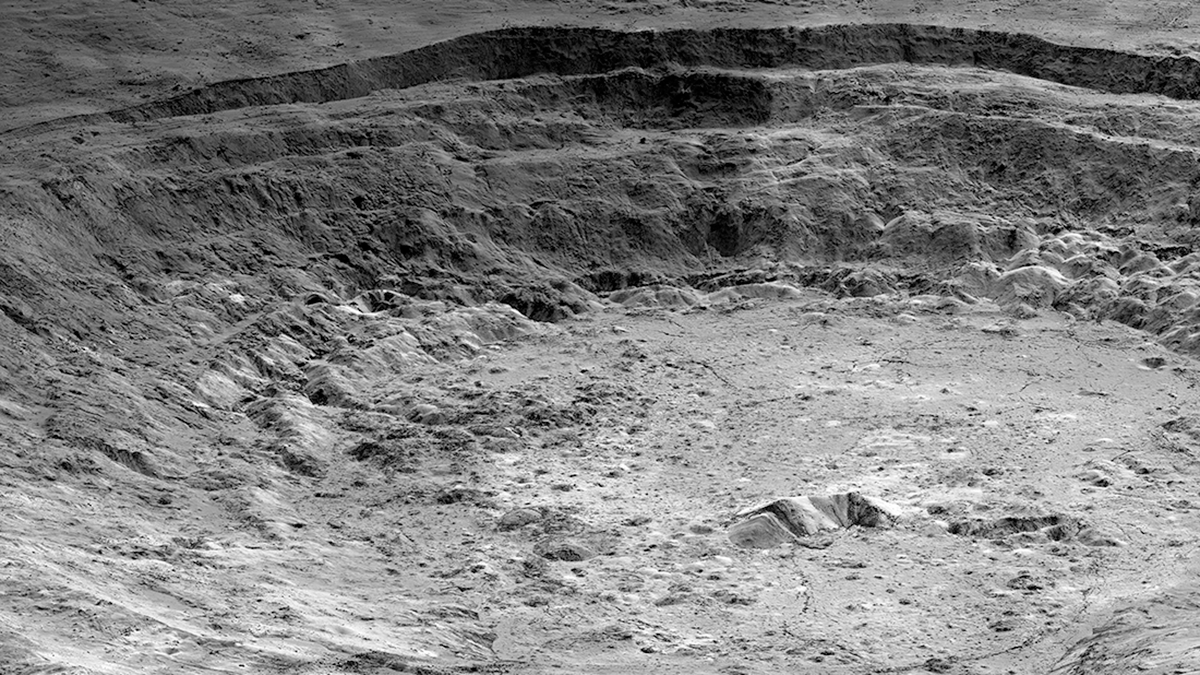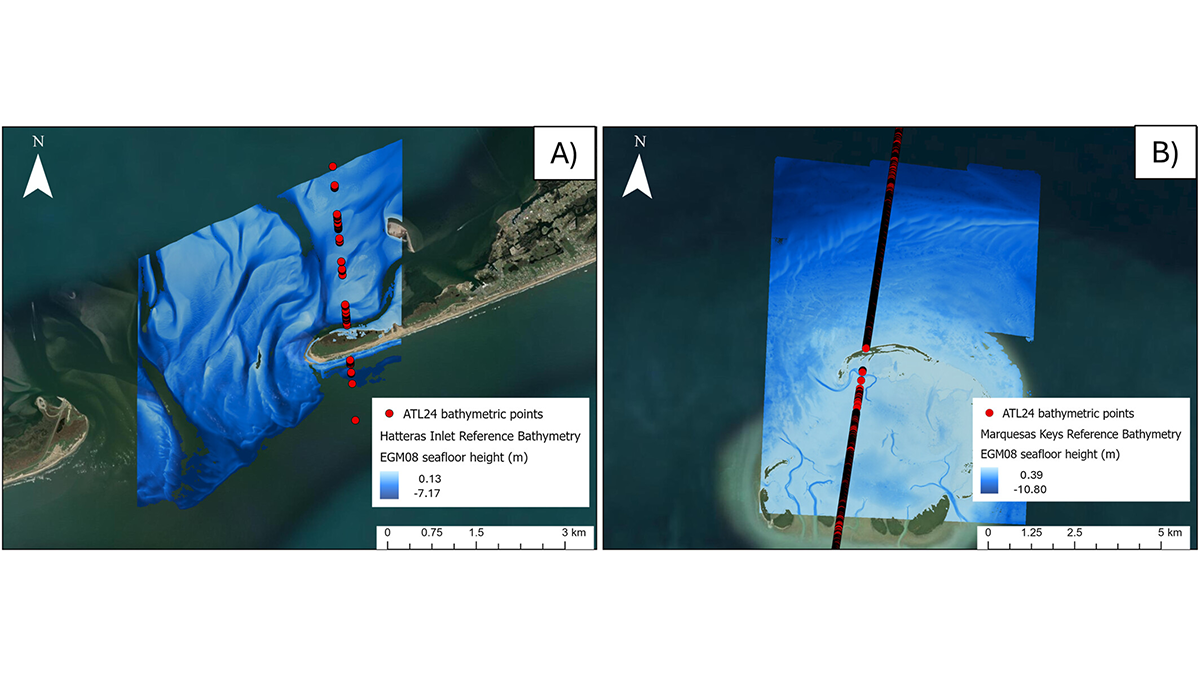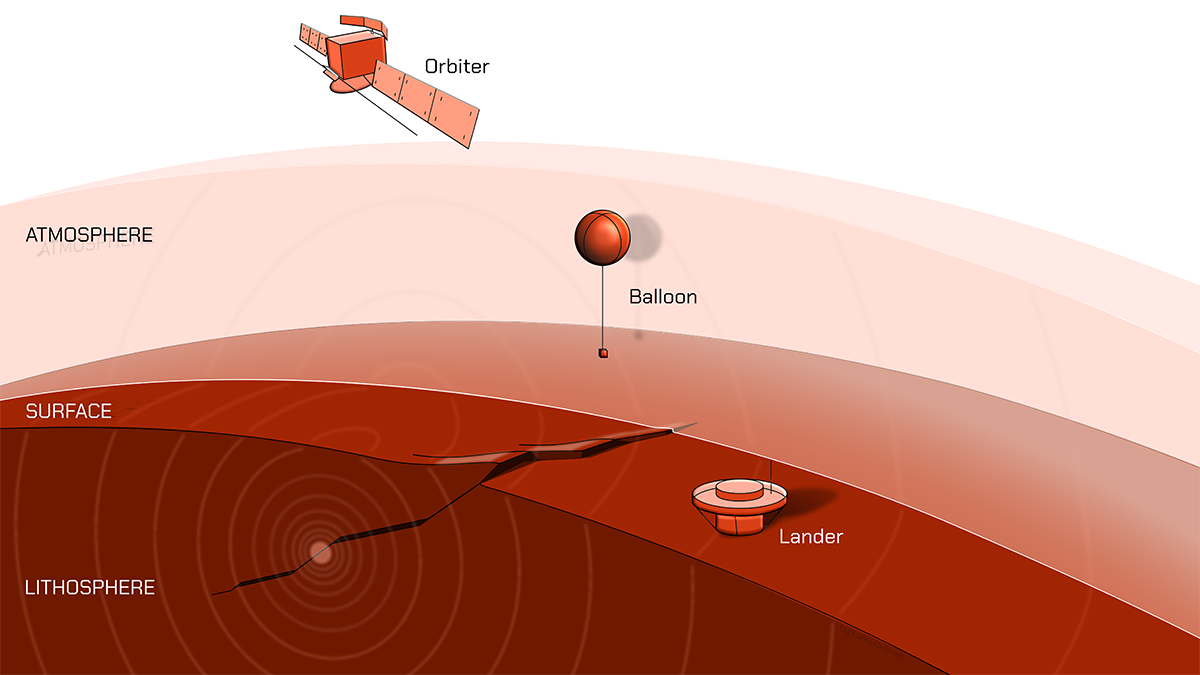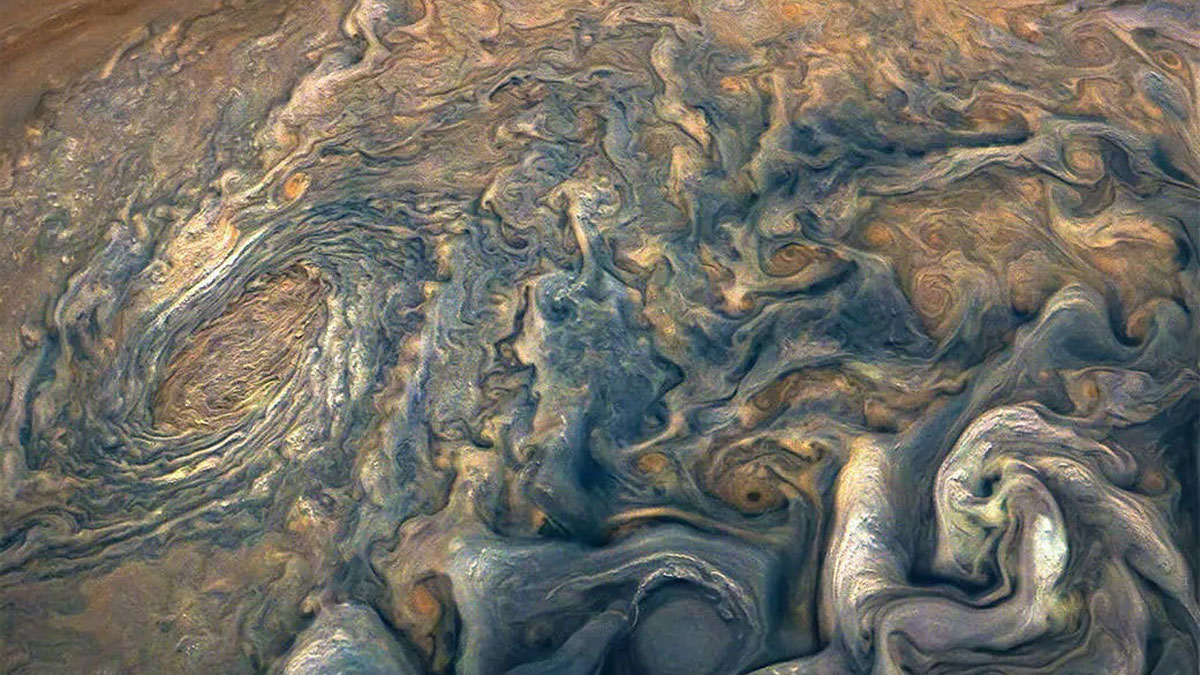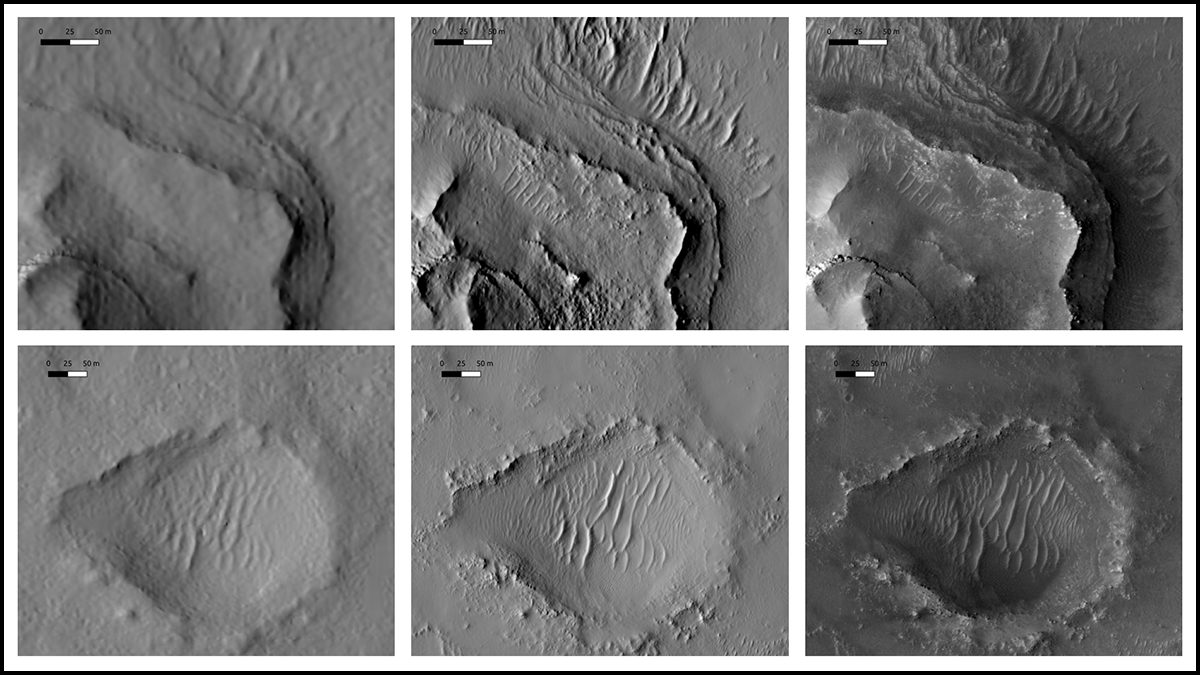A method combining three different approaches to the processing and analysis of GRAIL data from the Moon defines areas of sharply contrasting densities beneath Aristarchus Crater.
Earth and Space Science
NASA Mission Creates a New Global Coastal Bathymetry Product
NASA’s Ice, Cloud, and land Elevation Satellite 2 (ICESat-2) mission recently released a new shallow water bathymetry product, which has already delivered data for 13.7 million kilometers of coastal waters.
Young Rivers on a Martian Volcano Reveal Insights into the Amazonian Climate
A comprehensive inventory of rivers on Alba Mons on Mars reveals a prolonged history of erosion and development into mature drainage networks during the Amazonian, with contributions of rainfall and snow melt.
Three Ways to Track Venusquakes, from Balloons to Satellites
The planet’s harsh conditions make studying seismicity challenging, but it is likely possible.
All Eyes on Jupiter
Astronomers hope amateur enthusiasts will help them monitor Jovian weather.
Impact of NASA’s GDC Measurements on Predicting Earth’s Upper Atmosphere
A new study finds that assimilating observations of the ionosphere and thermosphere reduces the error in model predictions more than modeling either one individually.
Open-Source MAGPRIME Supports Space Magnetism in the Heliosphere
MAGPRIME is a library of magnetic interference removal algorithms, including benchmarks, that can aid in the design of spacecraft by providing simulations to determine optimal magnetometer placement.
Mapping Mars: Deep Learning Could Help Identify Jezero Crater Landing Site
Researchers used new techniques to more precisely estimate ground elevations on Mars, producing a refined resolution map for rover landings.

